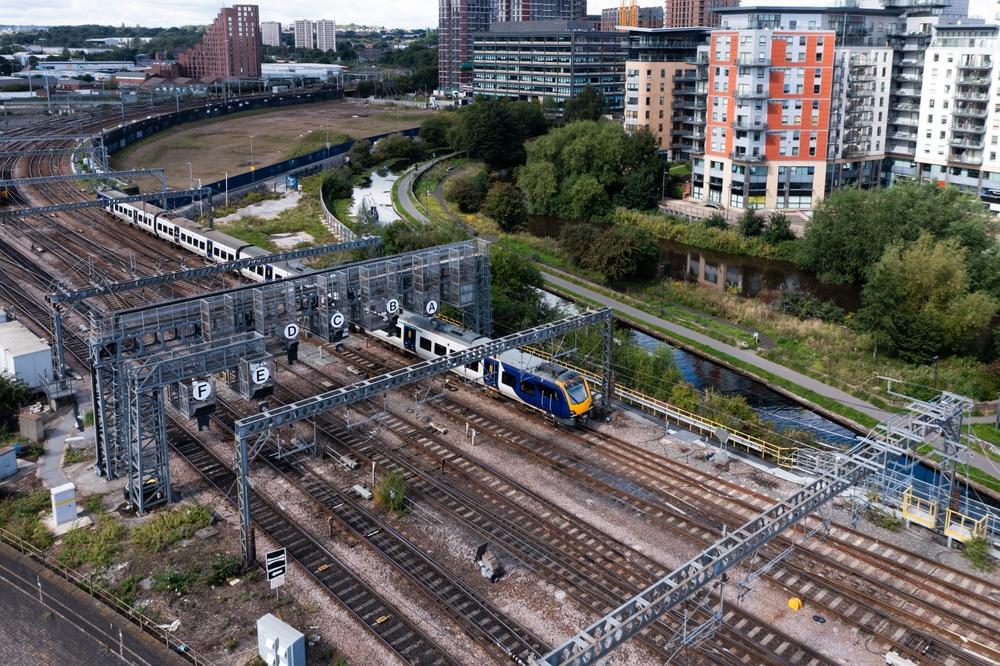
We've published a report on how well licence holders are performing against this condition. The report highlights that licence holders are generally meeting our requirements, but this varies significantly between operators and different parts of the industry. It identifies good practice and some important areas where there’s more to do.
Licences and licence holders
Licences are important to make sure a person (or company) is ‘fit and proper’ to carry out an activity. In the same way you need a licence to drive a car, you need a licence to operate railway assets. Railway licences also contain conditions which licence holders must comply with.
Railway licence holders are a diverse group. They include network operators, like Network Rail, who manage and maintain the infrastructure the railway relies on. They include companies running trains, whether it’s large companies operating high-speed electric trains, companies moving customers’ goods by freight train, or small charter operators running vintage steam trains on the mainline. They also include operators of stations, maintenance depots and specialist equipment on the railway.
All licence holders have an impact on the environment, including a carbon footprint and a part to play in tackling climate change. However, the scale and type of operators’ environmental impact is as diverse as their businesses. Depending on the activities they carry out, licence holders may also need to consider air pollution from diesel-powered trains or support vehicles, water pollution from train washing or runoff, and how to protect and enhance biodiversity on their estates.
What is required of licence holders to protect the environment?
The licence requirement is simple: all railway licence holders must have a policy which explains how they will protect the environment from their activities, as well as a set of objectives and management arrangements to make that policy a reality. Together, we call this their ‘environmental arrangements’. Licence holders must also review their arrangements periodically, send us a copy, and make sure they act with regard to their environment policy.
While the exact content of an operator’s ‘environmental arrangements’ will depend on the specifics of their business, we provide detailed guidance for all licence holders setting out the key issues they should and could consider. Licence holders must take account of this guidance in fulfilling their environmental obligations.
What did our report find?
With few exceptions, almost all licence holders provided evidence of having a policy in place to protect the environment. A large majority provided evidence of the other licence requirements we considered in the review. Generally, licence holders were well aligned with our guidance.
Based on a representative sample of licence holders, we found that companies focused on maintaining infrastructure and maintaining trains performed well. Passenger operators performed slightly better than freight operators. Charter operators had the most room for improvement.
We found evidence that the key environment and sustainability topics were being considered but there were gaps in addressing biodiversity, social sustainability and adaptation and resilience to climate change.
We were pleased to find that most licence holders had committed to reducing the greenhouse gas emissions associated with their businesses. However, the commitments were not always supported by suitable actions or plans.
More generally, setting targets and metrics for measuring progress and success was an area of relative weakness across all types of licence holder. This is an area we are encouraging the industry to focus on.
What’s next?
For more detail on the recommendations for industry, see the published report. We are encouraging operators to read the report carefully and to consider whether any of the best practice can be incorporated into their own businesses.
Where we have identified specific gaps in a licence holder’s arrangements, we’ve written to them reminding them of their licence obligations and setting out our expectations. We will continue to engage with the industry to encourage improvements.
Keep an eye out for further blogs in this series looking at other aspects of our work through an environmental lens.


